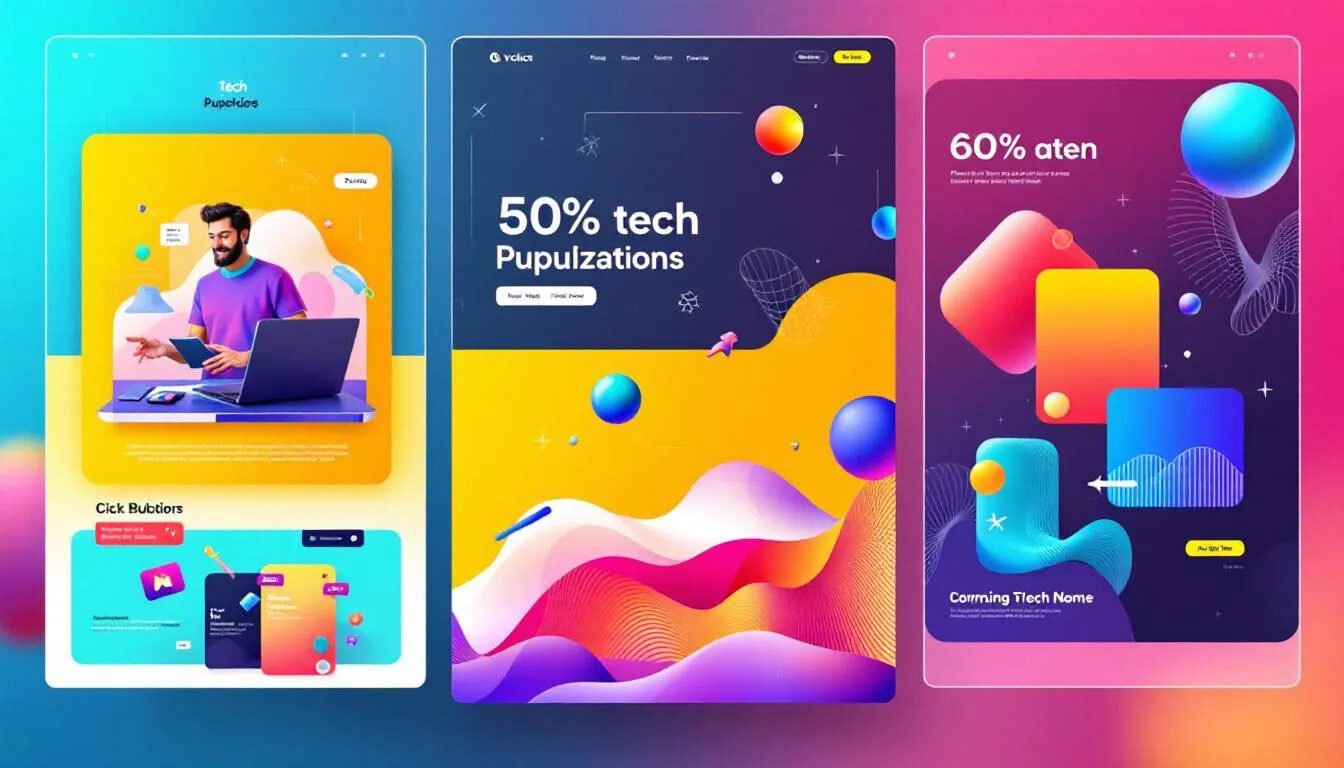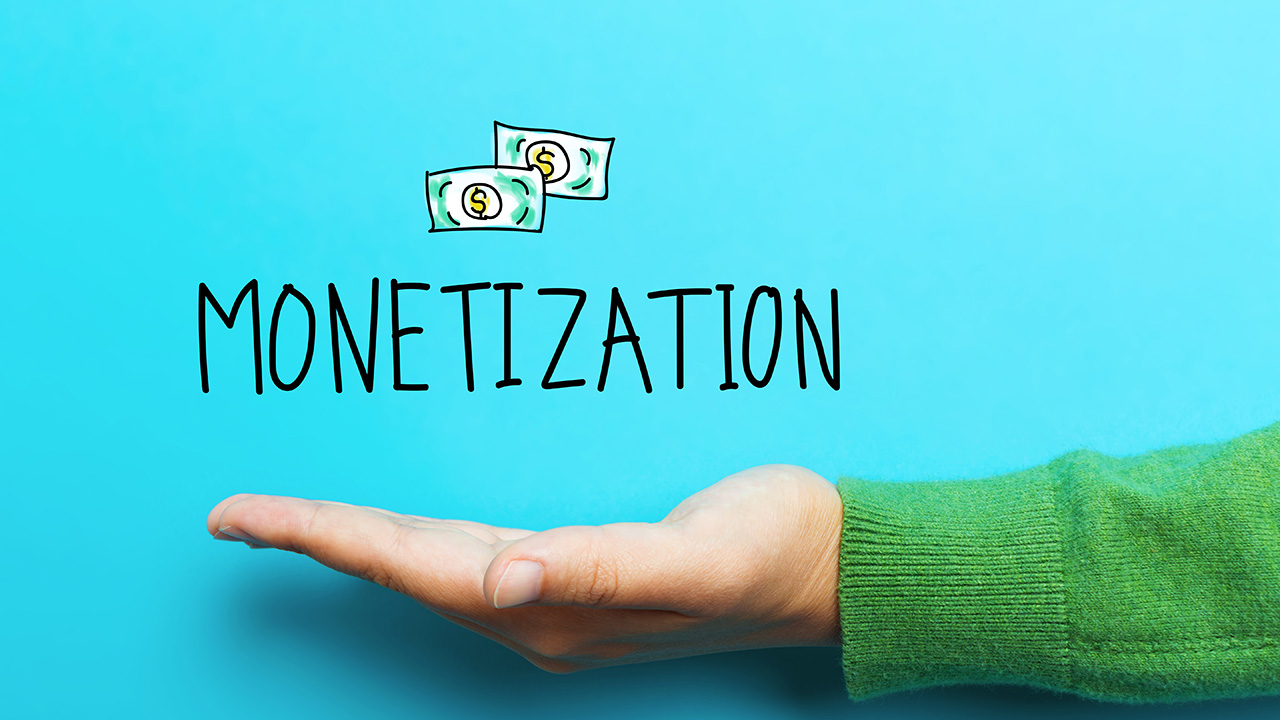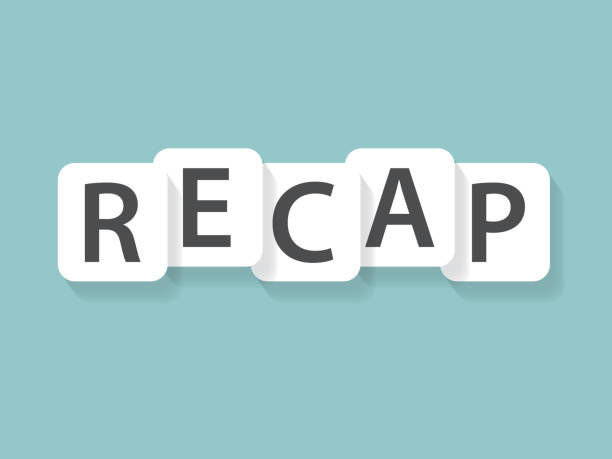
Facebook Messages – What You Need To Know!
There’s been a lot of hubbub about Facebook’s recent announcement of their new messaging system, “Facebook Messages.” Some thought it would be a new email service, and some even called it an “email killer.” Well we’ve dug into it and had some time to digest it, so I thought it would be a great opportunity for us to break it down for you and give you ideas on how to use it to your advantage.
New Short, Concise, Seamless Messaging – According to the words of Facebook CEO Mark Zukerberg, “This is not an email killer. This is a messaging experience that includes email as one part of it.” This new system was designed to be more of a conversation between friends, or friends of friends (like a chat or text). There is not yet a concept of a subject line, a “cc” or a “bcc”. If someone outside a user’s network of friends messages them, these messages are put into a folder named “other” and right now it’s not known if “likes” are going to be given any inbox preferential treatment. Essentially it can be looked at as an uber whitelist where the end recipients have more control than ever about who can message them and how.
What you can do: This is where being more relevant and valuable than ever comes into play. Just like your email marketing recipients expect the value you provide, so will those using Facebook Messages. So keep it up! You may consider segmenting your lists by domain, and doing some special offers and tracking on Facebook recipients.Messaging History – All users will have communications history since the beginning of time, grouped by friend. What you can do: As of now, I’m not really sure how this is relevant to marketers but stay tuned…
Social Inbox – All users will have the ability to have an @facebook.com address. If your recipients want to start using an @facebook.com email address you may still send to that address; however, it may not get automatic priority since you may not be a Facebook friend. If this is the case, it’s directed to an “other” folder until your recipient engages with it and moves it to priority. Conversely, if you are a friend and your content is getting into the priority inbox but your content isn’t engaging, your recipient will have the ability to move it to the “other” folder and subsequent messages will be delivered there.
What you can do: First and foremost, if you don’t have a Facebook page, you need to set one up now. It takes just minutes. Then encourage all of your recipients to become friends, since friends get priority in the inbox. You’ll also want to make special offers for @facebook.com users and post them to your wall. You’ll get some new list members who will interact with your email, giving it priority status in the inbox. Lastly, you’ll want to analyze how many people from the @facebook.com domain are joining your list and watch to see if their behavior (opens and clicks) is different than the other domains. Most Email Service Providers (including VerticalResponse) provide this.
This isn’t unlike the Gmail Priority Inbox where a higher “engagement” rate (clicks, opens) gets you priority inbox placement. New technologies and innovations happen all the time. It shouldn’t be scary. Instead, look at it as an opportunity to reach out to your customers in different ways…ways they want to be reached. So remember, it’s more important than ever for you to have great personality, amazing content, total value, and trustworthiness in your marketing above all else. Let’s face it, email was the Facebook of my generation…
Stay tuned for more updates on the topic!
© 2010 – 2018, Contributing Author. All rights reserved.



